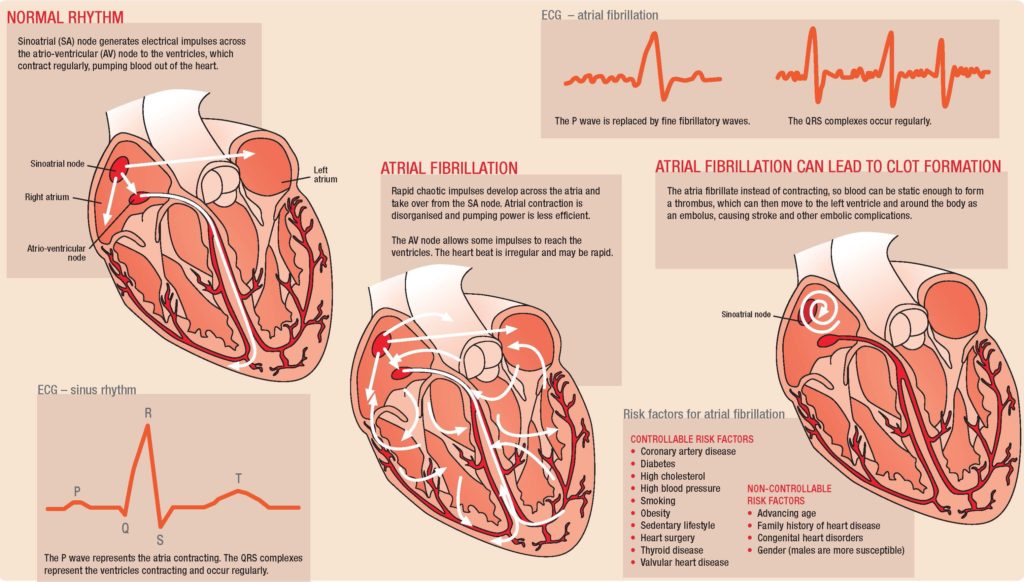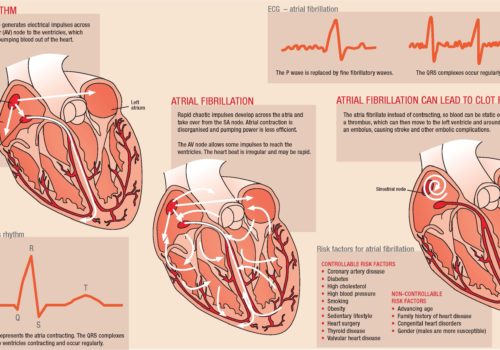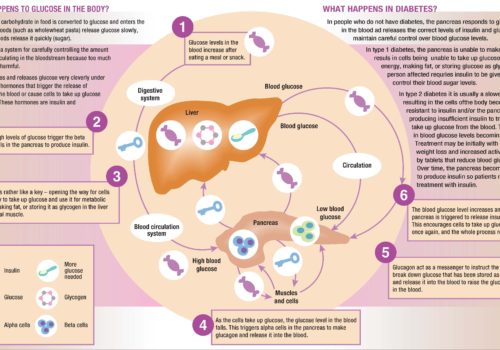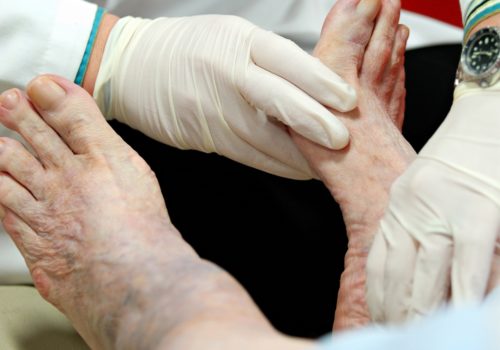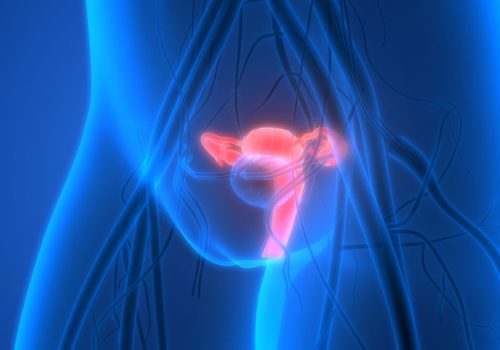This month’s Back to Basics feature is a useful wallchart showing the differences between normal heart rhythm and atrial fibrillation. The chart also includes a list of controllable and non-controllable risk factors for atrial fibrillation.
Back to Basics: Glucose metabolism
This month’s Back to Basics feature is a useful wallchart focusing on the processes involved in glucose metabolism in the body, both in people with normal metabolism and those with types 1 and 2 diabetes.
Back to Basics: Planning the seasonal flu vaccination campaign
This month’s Back to Basics feature is a wallchart to support this year’s seasonal flu vaccination programme.
The vaccine is offered free on the NHS to adults over the age of 18 at risk of flu (including everyone aged 65 and over), pregnant women and children aged six months to two years at risk of flu.
HRT and cardiovascular disease
HRT has been shown to reduce future risk of cardiovascular disease when taken within ten years of the menopause. Some experts recommend that HRT is considered as part of a general prevention strategy at the onset of the menopause. However, some doctors and nurses feel apprehensive about this as they are confused about the association of HRT with cardiovascular disease.
Sponsored feature: Identification of malnutrition in COPD patients
People with COPD should be reviewed at least annually according to the Quality and Outcomes Framework. However, there is little mention of the importance of assessing nutritional status and no ‘QOF’ points for doing so. This article describes the assessment and management of COPD patients with a risk of malnutrition.
Dementia – the forgotten cardiovascular disease
In general, deaths from cardiovascular disease (CVD) are falling, except for the forgotten CVD, dementia. The rate of dementia is rising year on year and it is now one of the top 5 causes of death in the UK. Risk factors for dementia are similar to other CVDs and risk modification can reduce the risk of development of the condition.
A guide to the diabetic foot check
The annual diabetic foot check plays a vital part in the support and education of people with diabetes. This can be performed easily and with minimal expense, but despite the NICE recommendation (NG19) that everyone with diabetes should have a foot check at least once a year, Diabetes UK reports that up to 400,000 people are not having this performed.
The effect of hormonal contraception on bleeding patterns
The endometrium undergoes a series of well-recognised cycles of proliferation, differentiation and tissue breakdown on a monthly basis, in response to exposure to the circulating sex steroids oestrogen and progesterone.
The role of carbohydrates in a healthy diet: part 2
This article provides an in-depth look at the role of carbohydrates in obesity, impaired glucose regulation and type 2 diabetes. Foods containing carbohydrates are an important part of a healthy diet for both the general population and those with, or at risk of, type 2 diabetes and cardiovascular disease. However foods and drinks high in ‘free sugars’ should be restricted.
Cardiovascular risk in the elderly
The incidence and prevalence of cardiovascular diseases increase in older adults and are a common cause of morbidity and mortality. This article by Dr David Milne examines whether we can reduce cardiovascular risk in the elderly, and if so, should we try to do so?
The role of carbohydrates in a healthy diet: part 1
Never a week goes by without carbohydrates hitting the headlines, with heated debates raging over low carb diets for weight loss to sugar as “the new tobacco”. Sorting fact from fiction is hard for health professionals and patients alike. In this article we go behind the headlines to explore the truth about carbohydrates in a healthy diet.
Familial hypercholesterolaemia – How can we do better?
The British Heart Foundation is pressing for a renewed focus on improving the diagnosis and management of familial hypercholesterolaemia, and adoption of a nationwide cascade screening programme for first-degree relatives. The article includes best practice tips for busy primary healthcare professionals.

